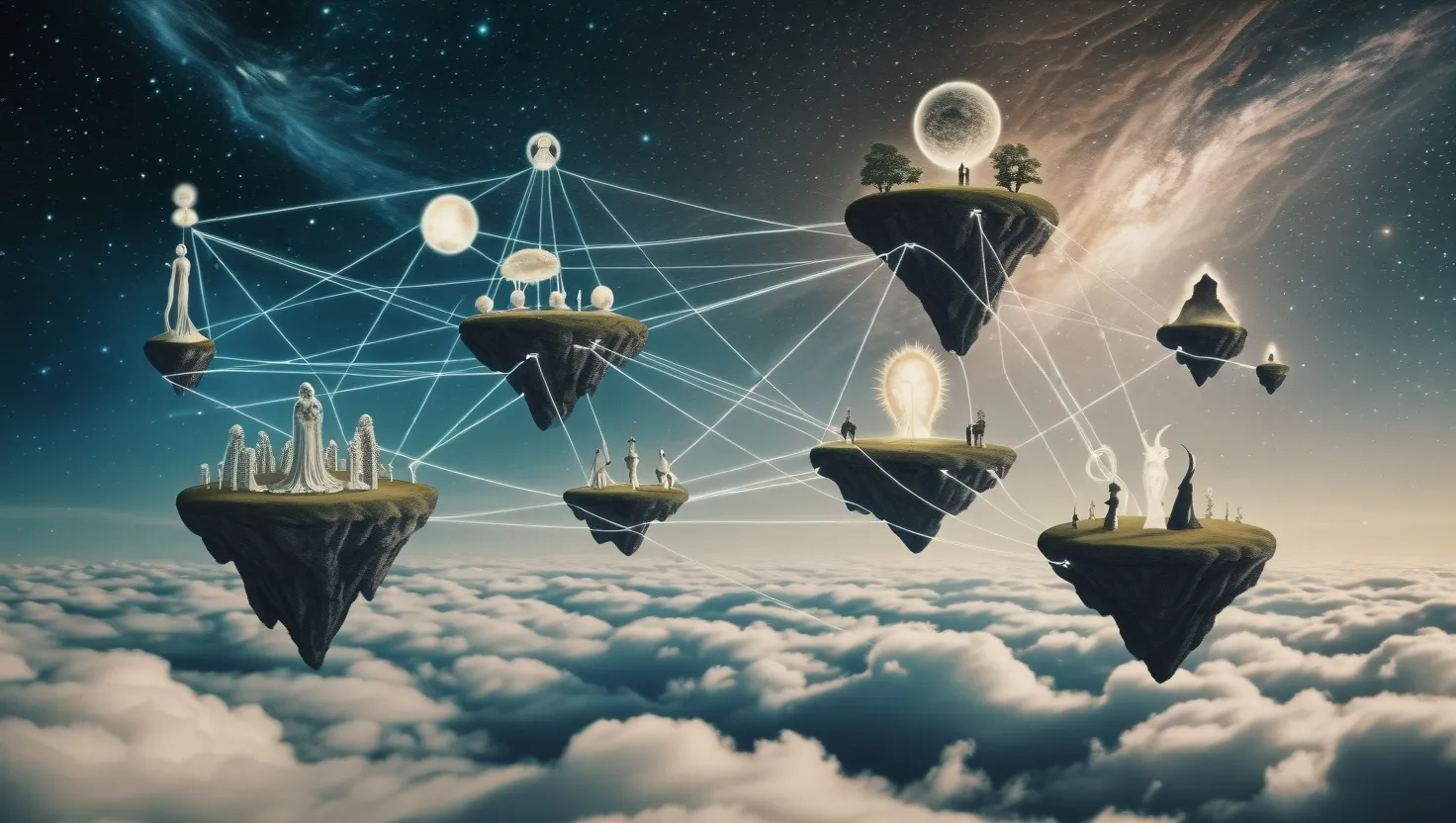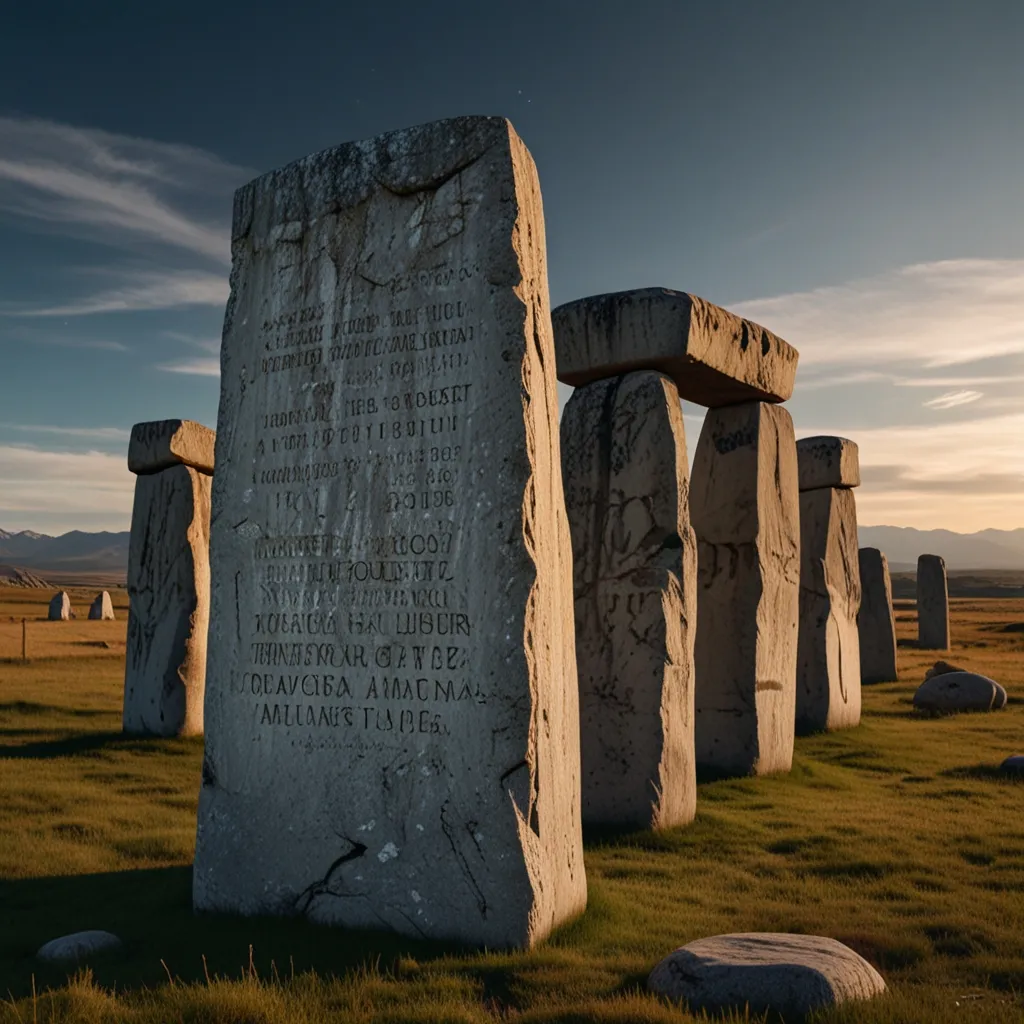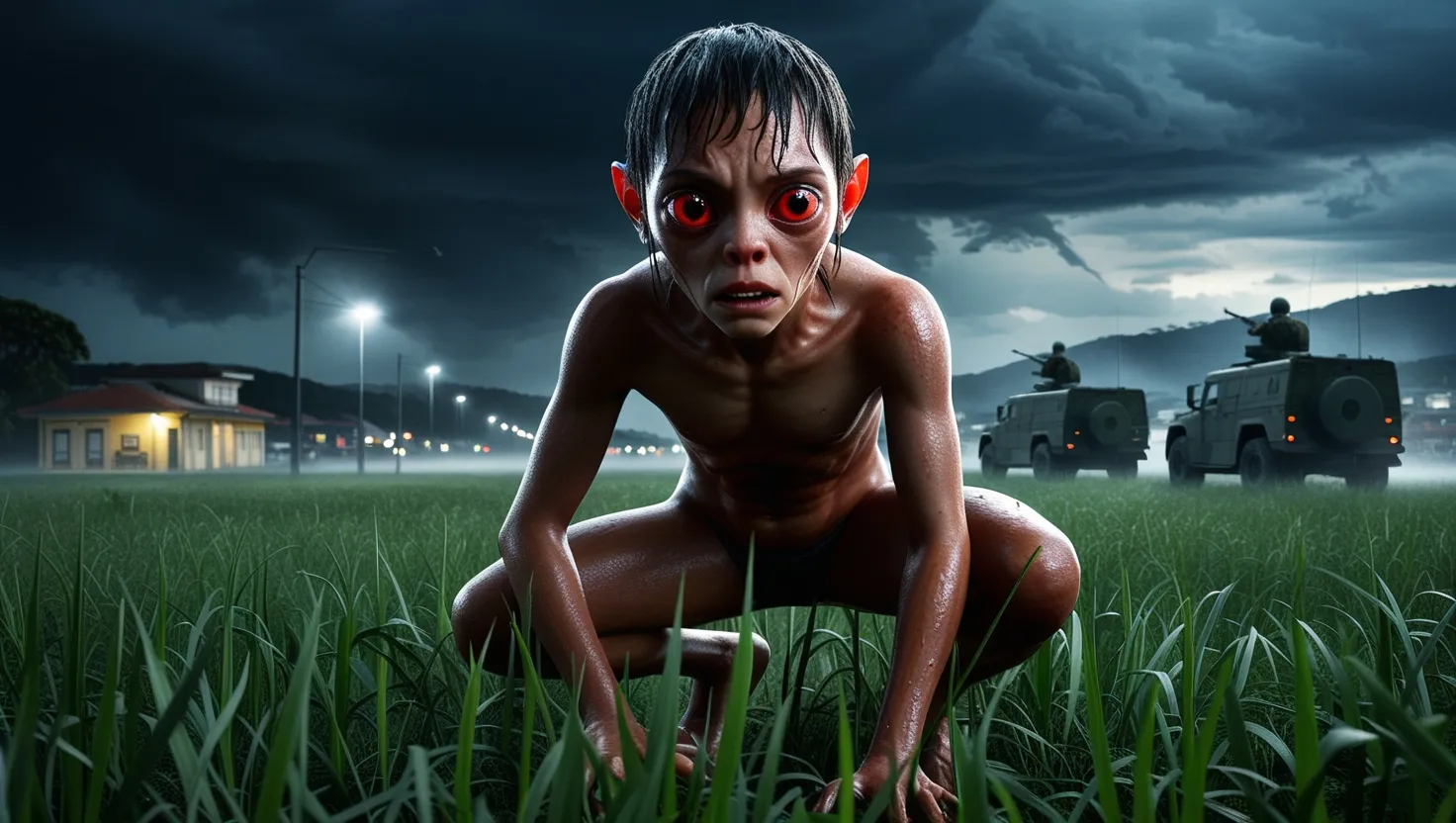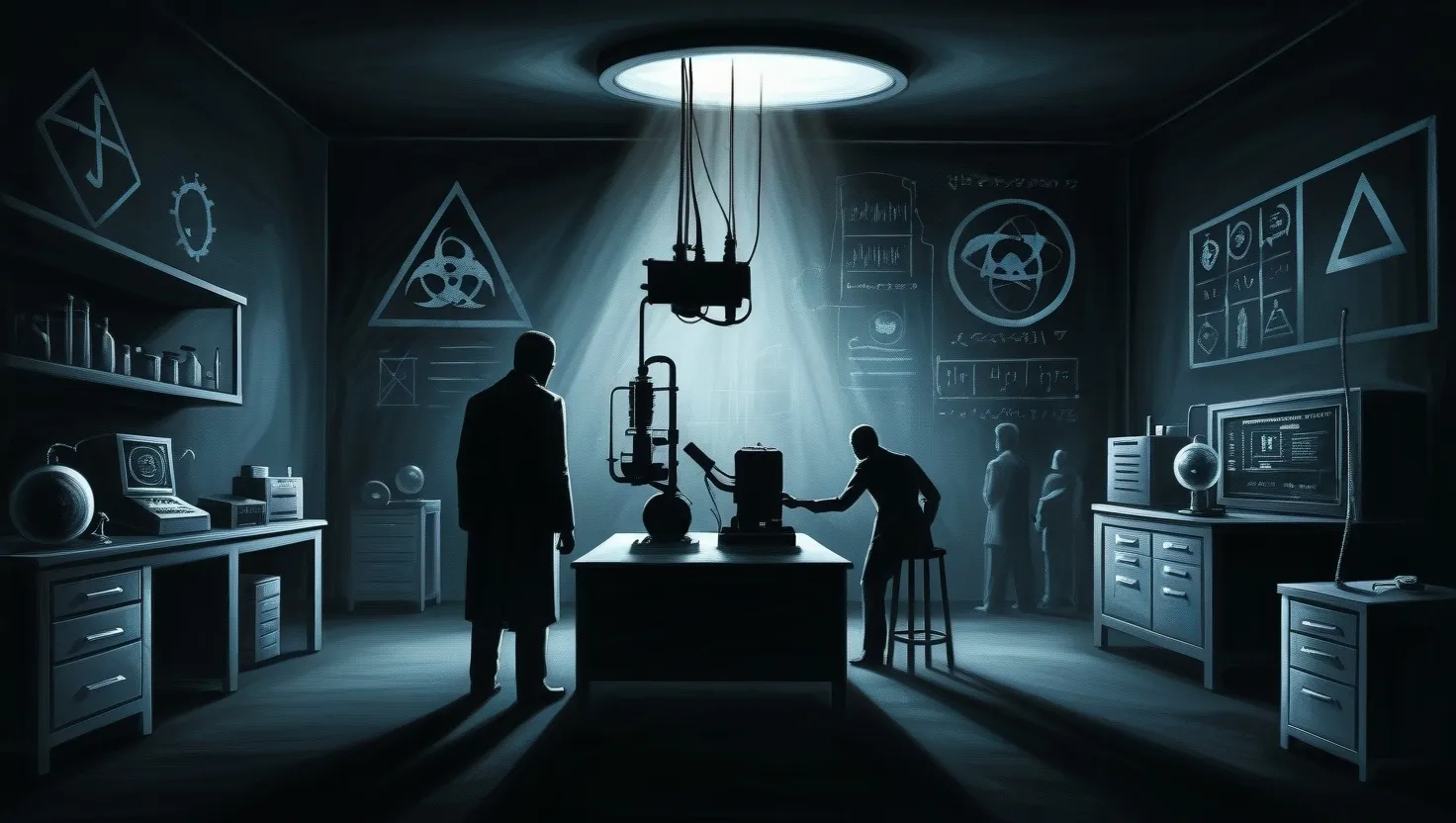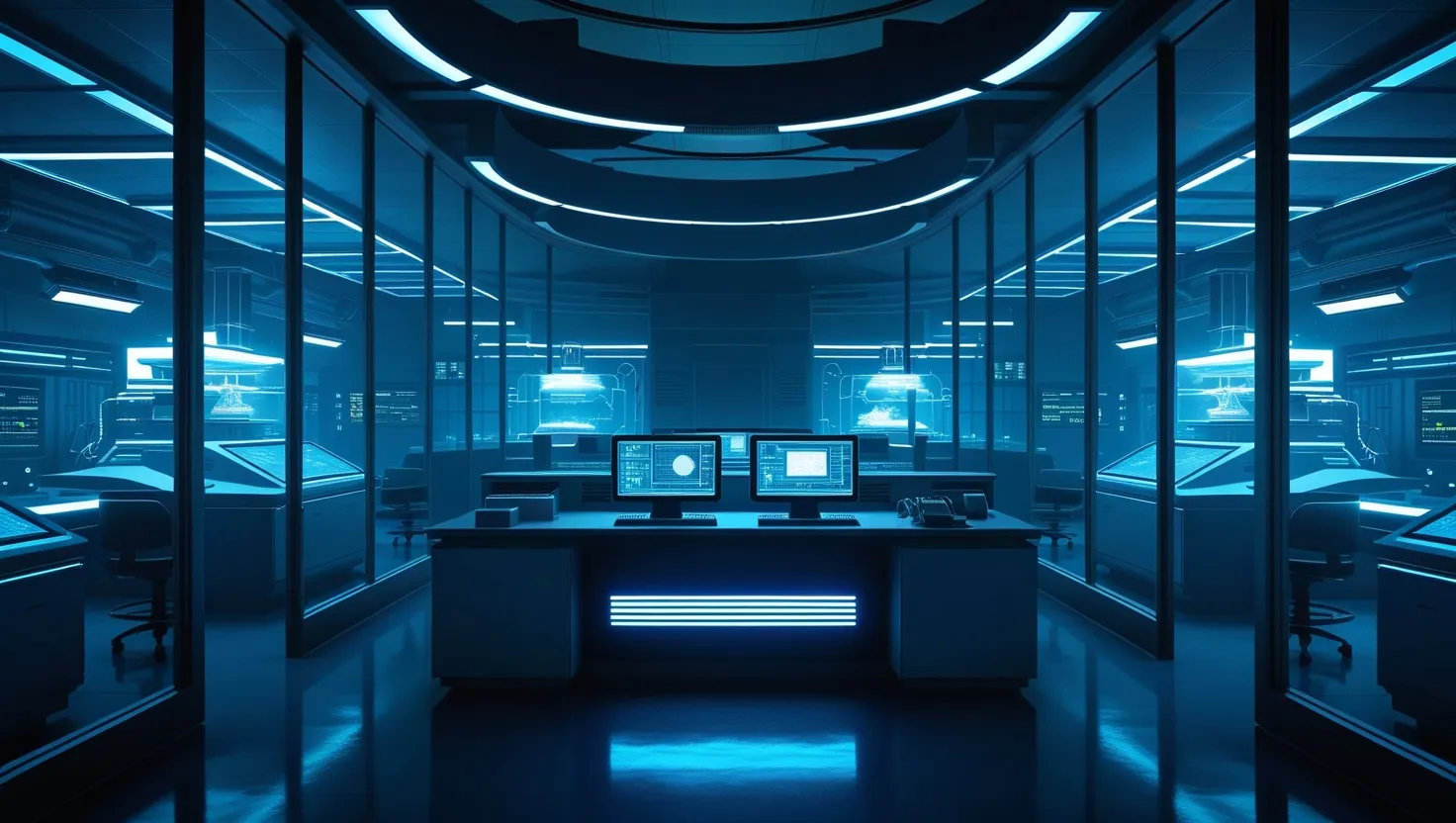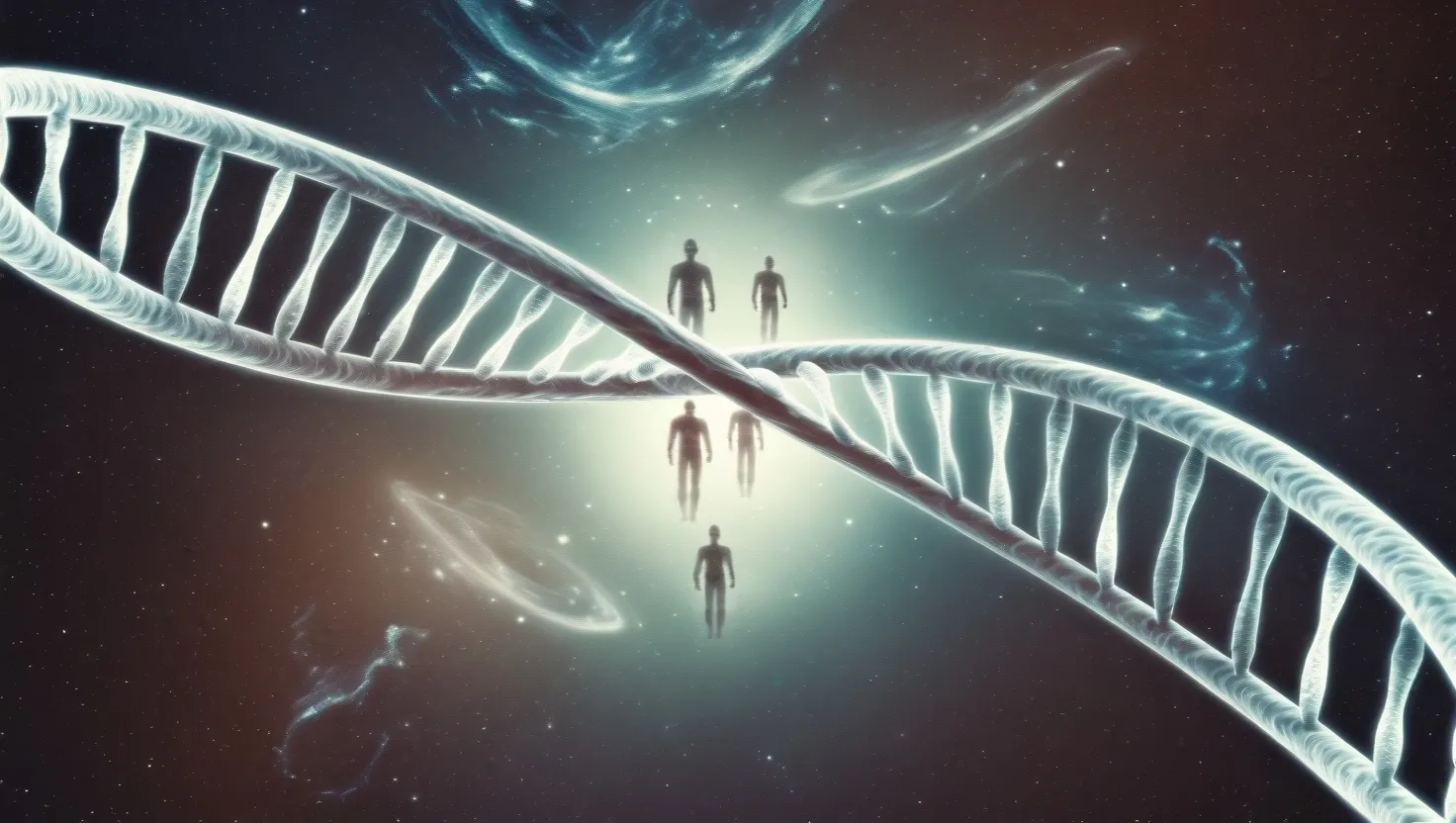Have you ever had a dream that felt so real, so vivid, that you couldn’t shake the feeling that it was more than just a product of your sleeping brain? What if I told you that some people believe these dreams could be more than just personal fantasies – they might be glimpses into a collective consciousness, a shared quantum field that connects us all.
The concept of shared dreams, where multiple people report experiencing the same dream simultaneously, is a fascinating and mysterious phenomenon. It’s a topic that has intrigued psychologists, physicists, and philosophers alike, and it raises some profound questions about the nature of consciousness and our interconnectedness.
At the heart of this idea is the concept of synchronicity, a term coined by Carl Jung, the renowned Swiss psychologist. Jung defined synchronicity as “meaningful coincidences” – events that are not causally connected but seem to be linked by a deeper, often unconscious, meaning. For Jung, these coincidences were not just random events but rather signs of a larger, collective unconscious that we all tap into.
But how does this relate to dreams? Some researchers suggest that during sleep, our minds may be accessing a shared quantum field. This idea is rooted in quantum physics, where particles can be entangled and connected across vast distances. In a similar vein, our dreams could be a form of quantum entanglement, where our individual consciousnesses intersect and share experiences.
Imagine a vast, communal dreamscape where people from different parts of the world are exploring the same symbolic landscapes. This is not just a metaphor; it’s a possibility that some scientists are exploring. The many-worlds interpretation of quantum mechanics, for instance, suggests that every possibility exists in a separate universe. Could our dreams be a way of accessing these parallel universes, or at least, a shared realm that transcends our individual realities?
Precognitive dreams, where people dream of events before they happen, are another aspect of this phenomenon. These dreams have been reported throughout history and across different cultures. While they can be dismissed as mere coincidence, the frequency and specificity of these dreams suggest there might be more to it. What if our dreams are not just reflections of our past experiences but also glimpses of the future?
The idea that certain symbols appear across different cultures in dreams is also intriguing. Jung’s concept of the collective unconscious suggests that there are universal archetypes – symbols and themes that are common to all humans. These archetypes appear in dreams, myths, and legends from around the world, suggesting a deep, shared reservoir of human experience.
But what if we could learn to navigate this shared dream realm consciously? The possibilities are staggering. Imagine being able to tap into a collective reservoir of creativity, problem-solving abilities, and global understanding. It’s a concept that sounds like science fiction, but it’s an area that some researchers are actively exploring.
One way to approach this is through the practice of lucid dreaming – the ability to become aware that you are dreaming while still asleep. Lucid dreamers can often control their dreams, exploring the subconscious mind in a more conscious way. If we could learn to lucid dream collectively, we might unlock new levels of creativity and problem-solving.
Another angle is the study of fractals and their role in understanding dreams. Fractals are geometric patterns that repeat at different scales, and they appear in many natural phenomena. Using a fractal lens to analyze dreams, researchers have found that dreams often follow fractal patterns, suggesting a deeper, self-similar structure to our subconscious experiences.
The implications of shared dreams and collective consciousness are profound. If we are indeed connected through a shared quantum field, it challenges our traditional views of individuality and separateness. It suggests that we are part of a larger whole, a web of consciousness that transcends our waking realities.
However, this is not without its challenges. The scientific community is often skeptical of such ideas, preferring empirical evidence over anecdotal reports. Yet, as more people share their experiences and as researchers delve deeper into the mysteries of the subconscious, we may find that the line between science and mysticism begins to blur.
In the end, the question remains: are we all secretly meeting up in a cosmic dreamland each night? While the answer is still elusive, the journey to find out is fascinating. It’s a journey that takes us to the edges of science, philosophy, and human experience, challenging everything we thought we knew about dreams, consciousness, and our hidden connections to each other.
So the next time you have a vivid dream, remember that it might not just be your brain’s way of processing the day’s events. It could be a glimpse into a much larger, collective reality – a reality that we are all part of, whether we realize it or not. And who knows? Maybe in that dream, you’re not alone; maybe you’re part of a vast, communal journey through the quantum realms of the subconscious.
